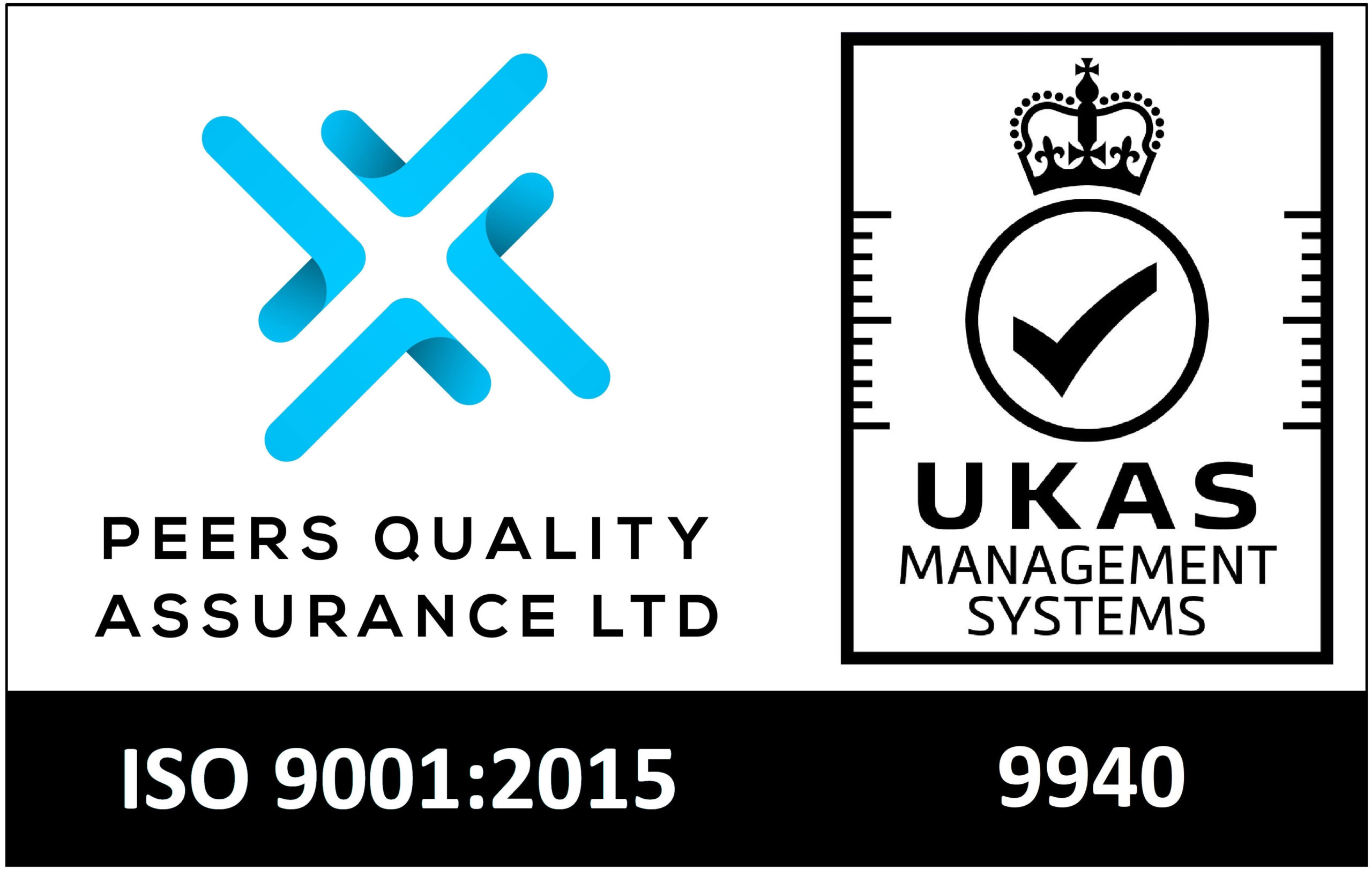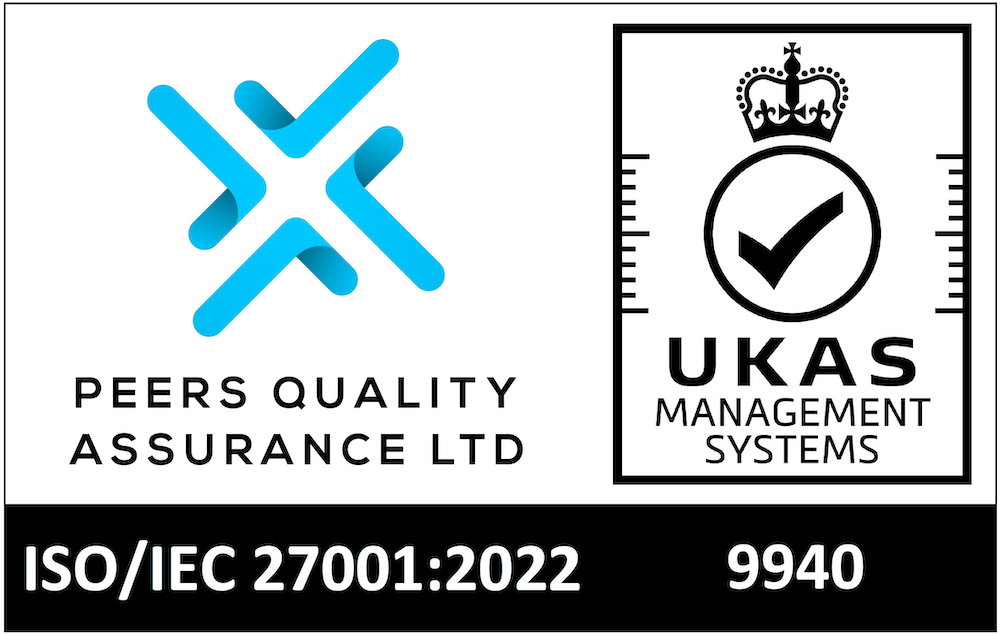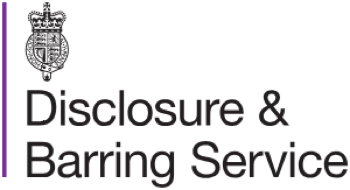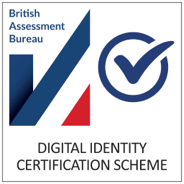Author: Joey Lyons
In December 2021 the UK government announced its intention to make digital identity checking and IDVT available for employers and landlords. Used in the hiring process with Right to Work checks, which enable employeers to verify potential employees’ legal employment status, identification document validation technology has now been rolled out in the renting sector.
This means that employers of all sizes and landlords, whether they be large housing associations or private individuals with just a single property can use a registered IDentity Service Provider (IDSP) to run their background checks and verify the authenticity of identity documents.
The process is being run jointly by the Department for Media Culture and Sport (DCMS) and the UK Home Office and this forms part of the DCMS trust framework, called UK Digital Identity and Attributes Trust Framework (UKDIAT).
In this article we wanted to share the current state of play, let you know what this means for you and let you know how we see the future panning out.
- What is a digital ID check?
- Why digital ID checking is a good idea
- Where are we with IDVT?
- Biometrics and frontier worker permits
- What does IDVT mean for the future?
- Digital IDs, what happens next?
- A quick glossary of terms
What is a digital ID check?
The UK government holds a massive amount of information on citizens from driving licence details to passports to National Insurance records.
Over the last 15 years or so, it has been digitising the information and gradually linking up systems so that this information is available across departments.
As new digital systems have come online we have seen links being made to a wide variety of different services. For example, you can now allow your insurance company to access your driving licence records to verify the information you have given.
In the past, identity checks have been a physical process. An individual presents their passport – acting as an ID card – or driving licence and someone checks that they are genuine identity documents and that they relates to the individual concerned.
Whilst this is fine as long as everything is OK, it does leave employers and landlords open to the considerable risk of inadvertently accepting a fake document.
Identity Document Validation Technology (IDVT) checking is designed to remove this risk by using the data held in government systems to verify the identity of any particular individual.
The new system is designed to be used with Right to Work checks, DBS (criminal records) checks and Right to Rent checks.
Why digital ID checking is a good idea
As we have seen, checking IDs digitally can reduce risk for the person doing the checking but there are other benefits too.
Digital systems are much more likely to be easier to use than getting original documents, making copies and then storing them somewhere that is both safe and secure.
It’s likely to be much quicker too. With just a few key taps you’ll be able to make sure the person you are dealing with is really who they say they are.
And overall it is likely to reduce costs. For large employers who have to check many people every day, it will remove a great deal of work and allow people to get on with more important stuff instead whilst for smaller landlords and employers, the system will already be in place and won’t need to be bought in.
Where are we with IDVT?
With the launch of the system in 2022, Checkback migrated to their digital identity verification system and have been verified as a certified IDSP, meaning that we have the ability to connect our systems into the home office and DCMS systems in live. This means that we are able to complete Digital ID checks available for our clients.
In addition to right to rent checks, our expert screening teams also utilise the system for a wide range of checks that include DBS, BPSS, BS7858 and executive screening.
Biometrics and frontier worker permits
For those that have experienced any confusion over 2022’s change to Biometric Residence Card (BRC), Biometric Residence Permit (BRP) and Frontier Worker
Permit (FWP) right to work checks, we’re able to offer you clarity.
From 6th April 2022, employers have only been able to evidence right to work FOR THESE PERMITS ONLY using the Home Office online system and physical checks will not be permitted.
This system works in a similar way to the DBS system in that employees can either give the employer access or can give them a share code to allow the downloading of RTW check results.
Please note that this only refers to Right To Work Checks and only to biometrics and Frontier Worker Permits.
A quick glossary of terms
We know that as with most government schemes there are a huge number of acronyms here so we’ve put together a short glossary to help.
IDSP – Identity Service Provider. The certified company (like Checkback) that will administer digital ID checks
UKDIAT – UK Digital Identity and Attributes Trust Framework. The framework of rules that shows what ‘good’ digital identities look like.
IDVT – ID Verification Technology. The technology that allows users, government departments and IDSPs to access ID data.
DCMS – The Department for Media Culture and Sport. The government department that owns the UKDIAT
BRC – Biometric Residence Card
BRP – Biometric Residence Permit
FWP – Frontier Worker Permit






